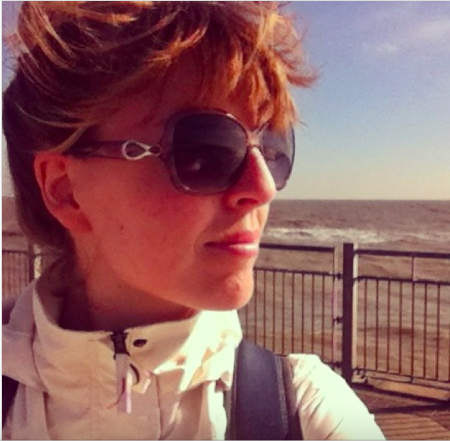Author: claire_nelson

The Best Thing About Living In Vancouver Is The Hiking
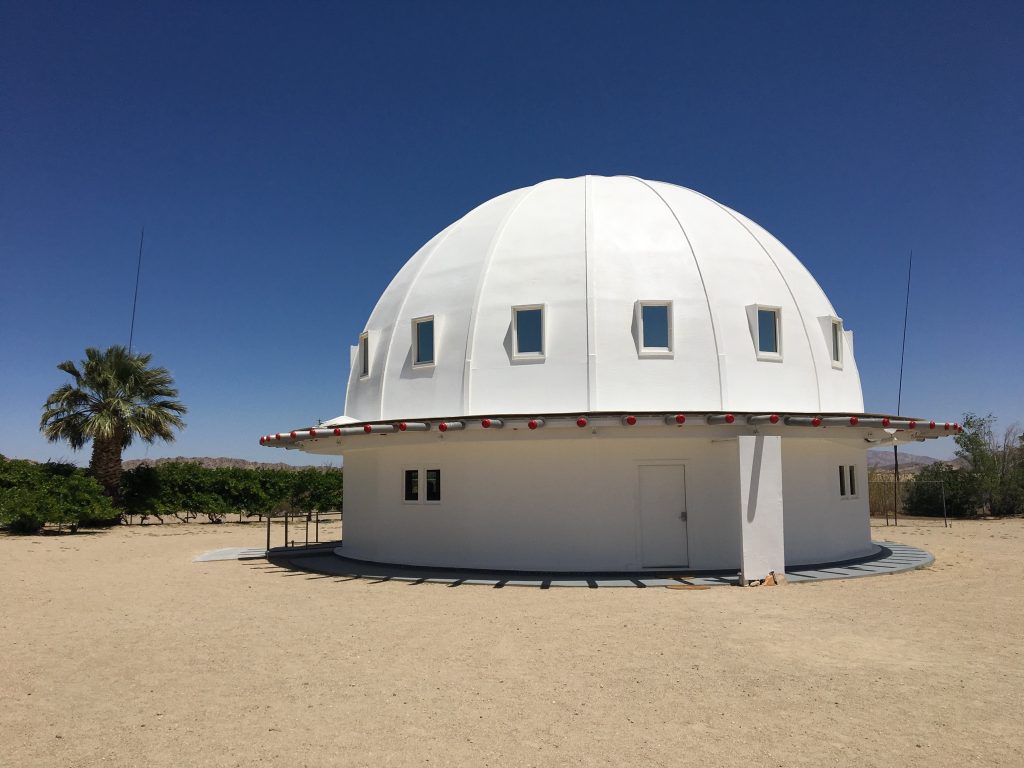
I Had A Sound Bath In The Desert As Recommended By Aliens

Because A Spa On A Boat Can Be A Life Raft
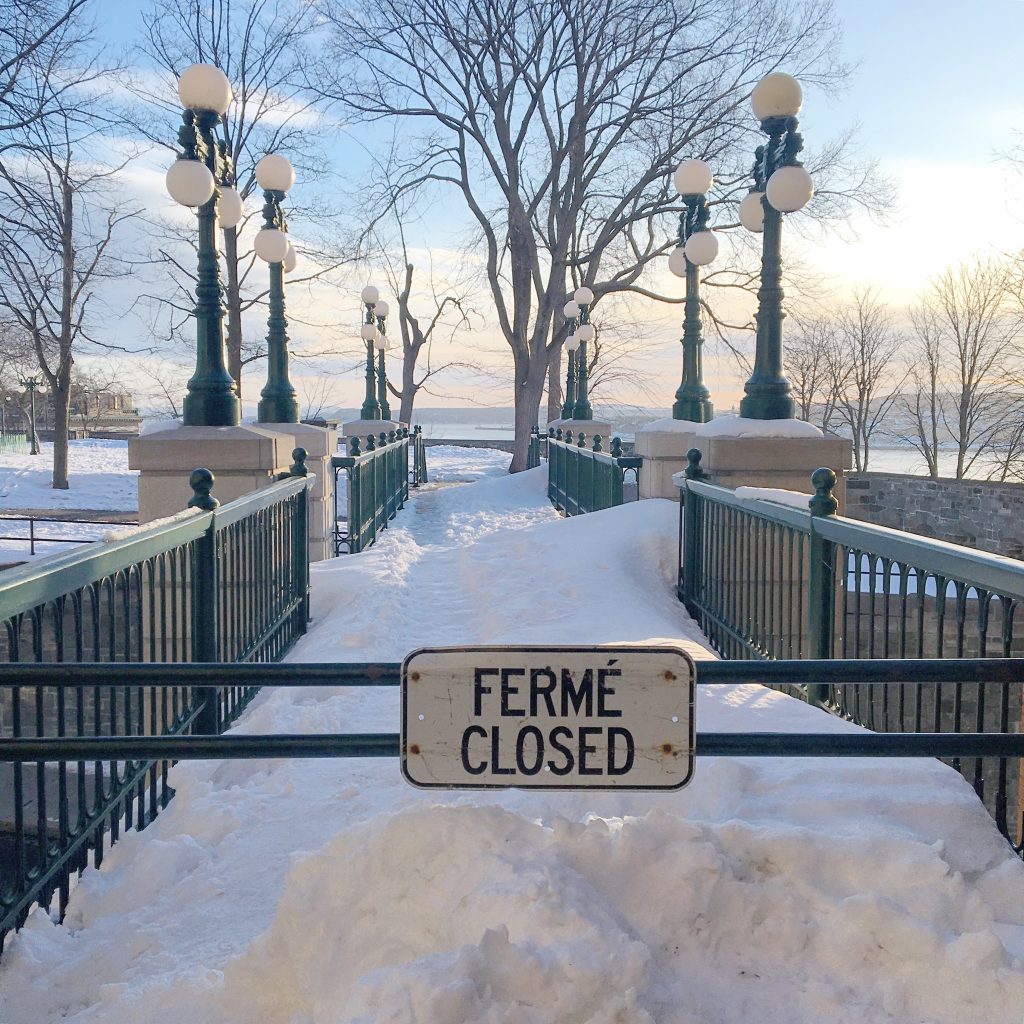
I Can’t Feel My Fingers In Quebec City
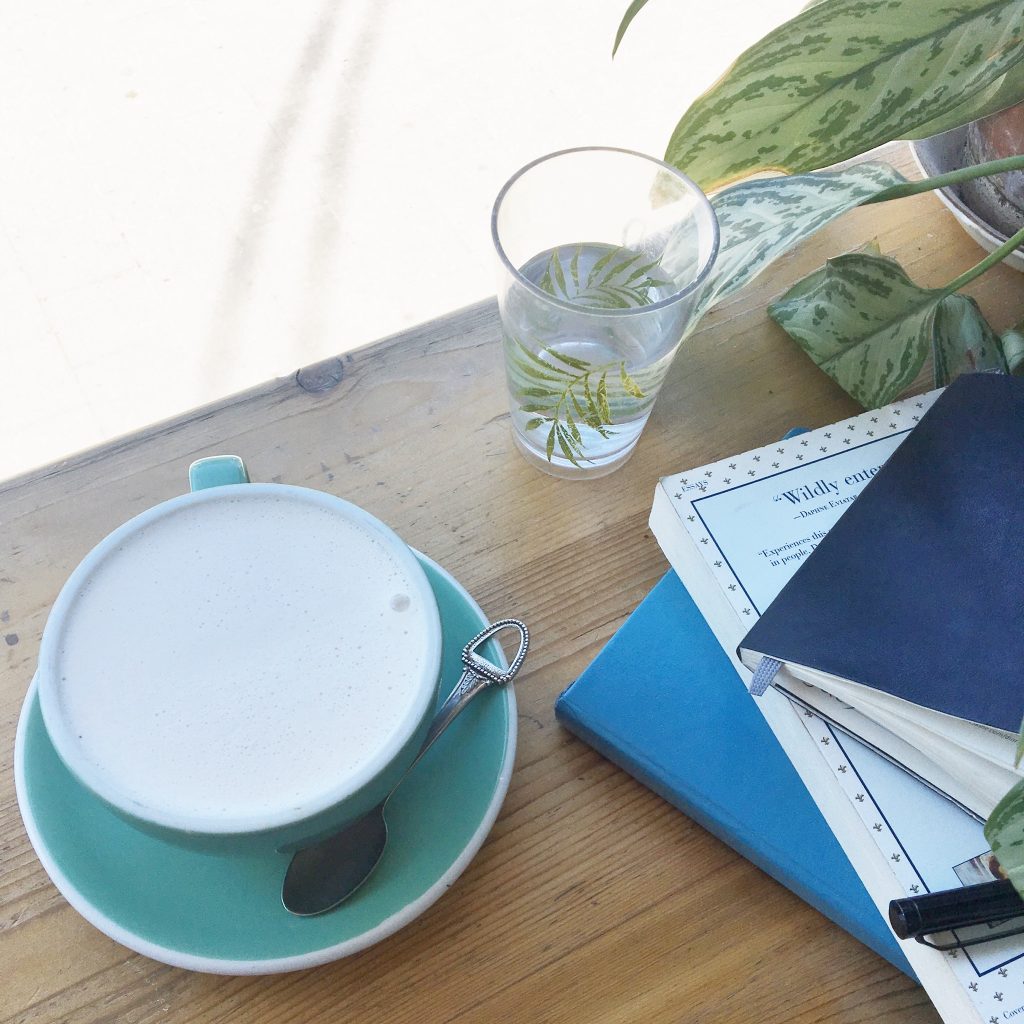
Feeling A Connection In Canadian Coffee Shops

Life’s too short not to drink Campari in the street in Paris on a Monday
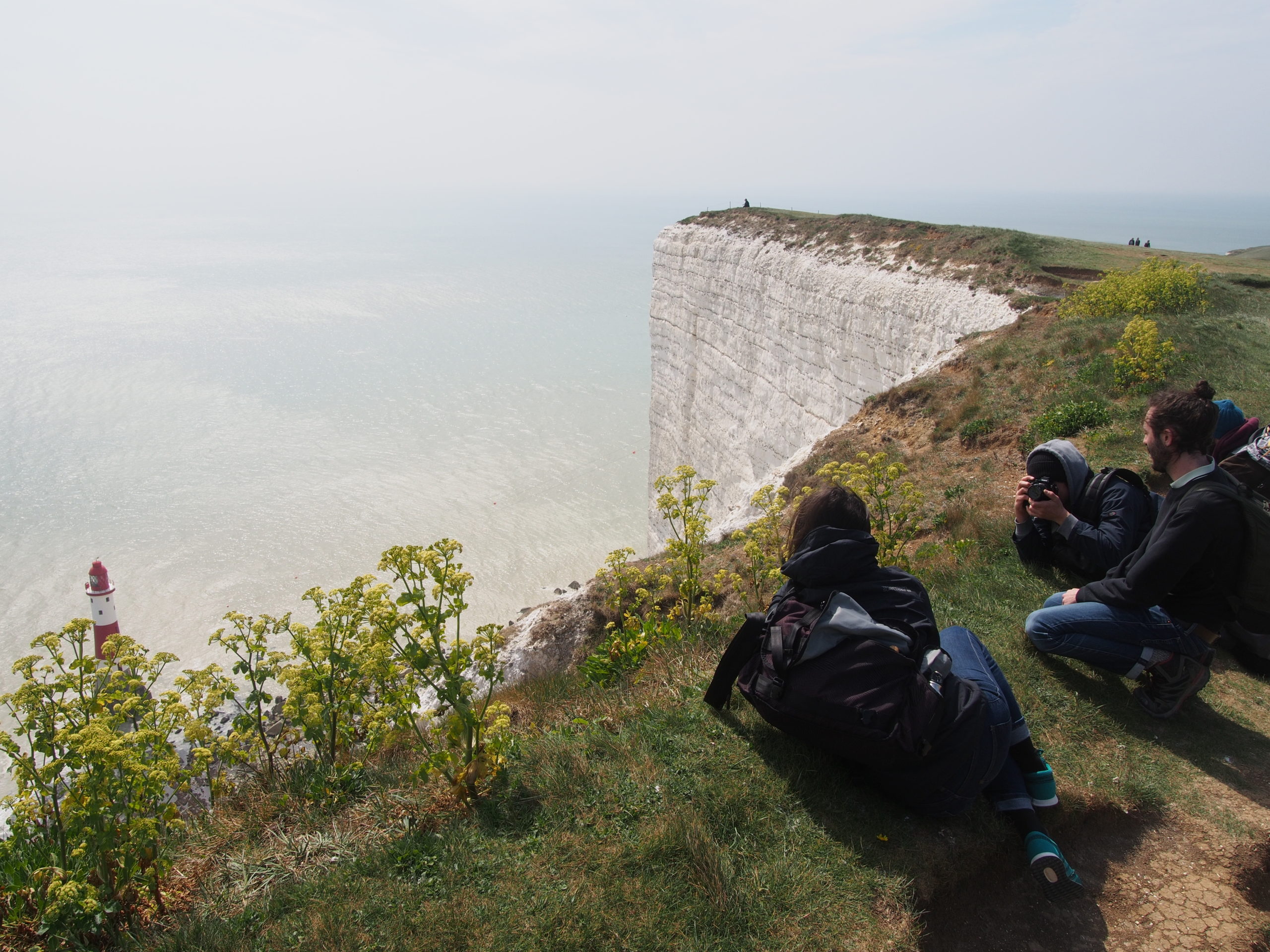
On The Edge: A Trip To The Seven Sisters Cliffs
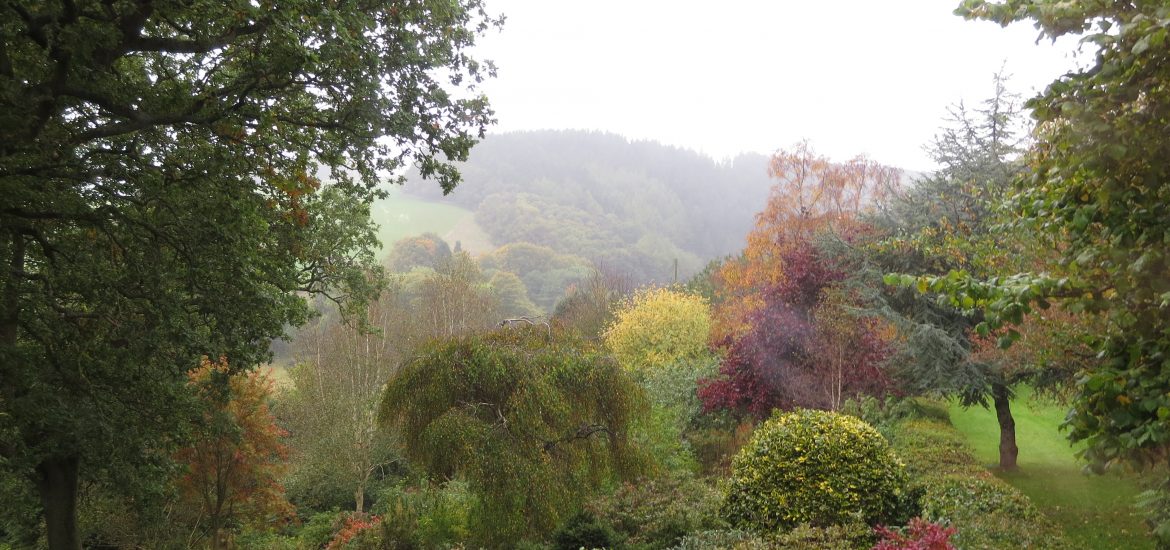
Solitude in the Scottish Borders
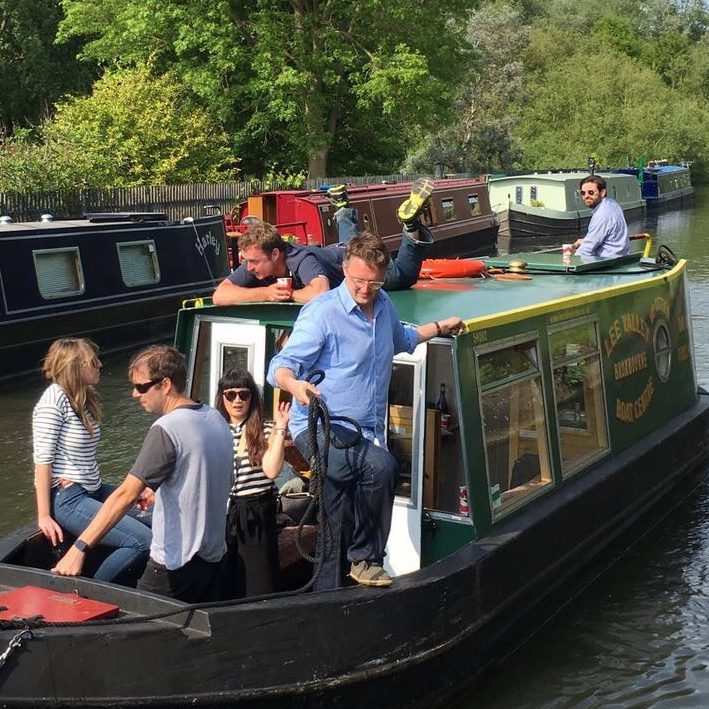
A Narrowboat Escape
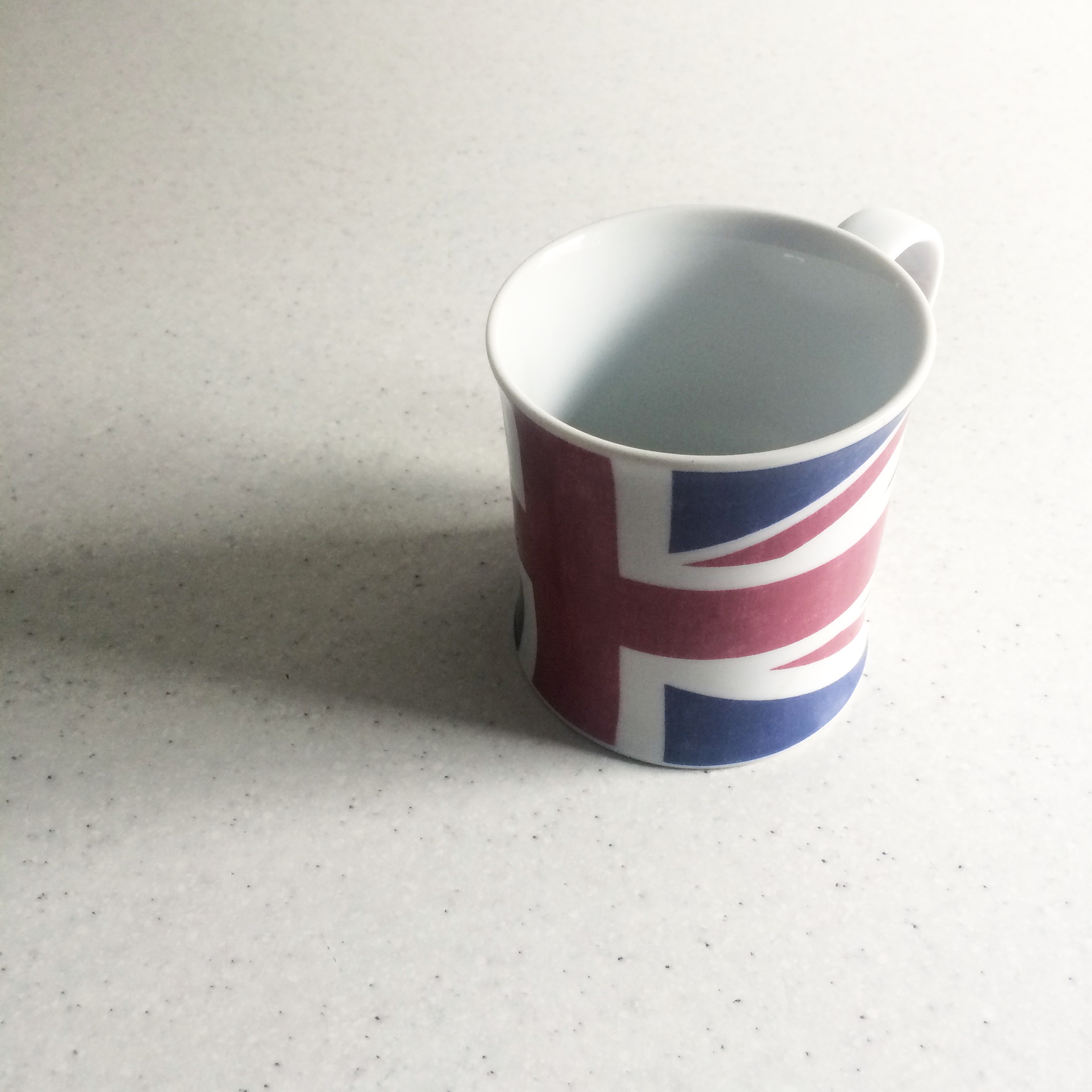
Brexit and the 48%
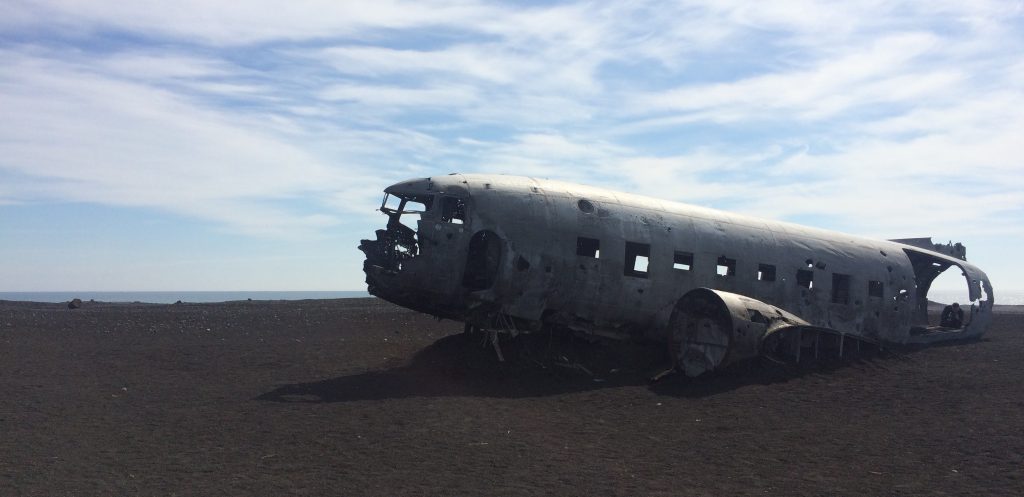
In Search of the Sólheimasandur DC-3
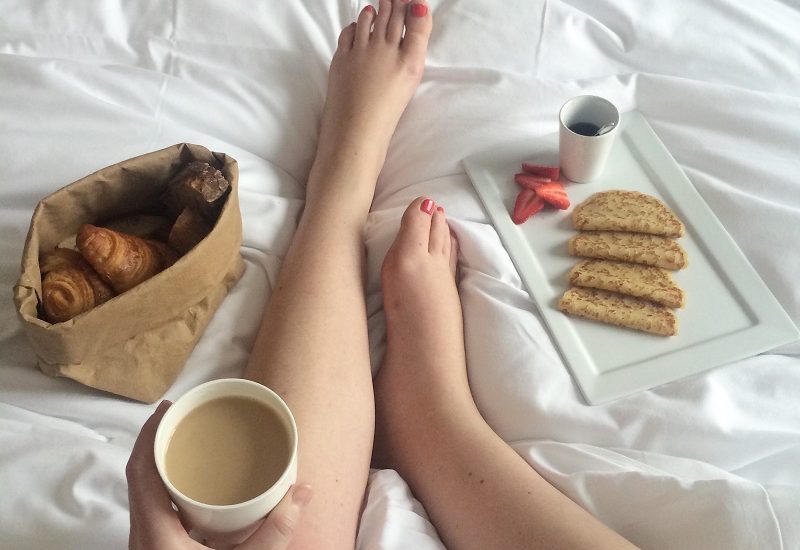
Right Foot Forward

David Bowie: The Babe With The Power
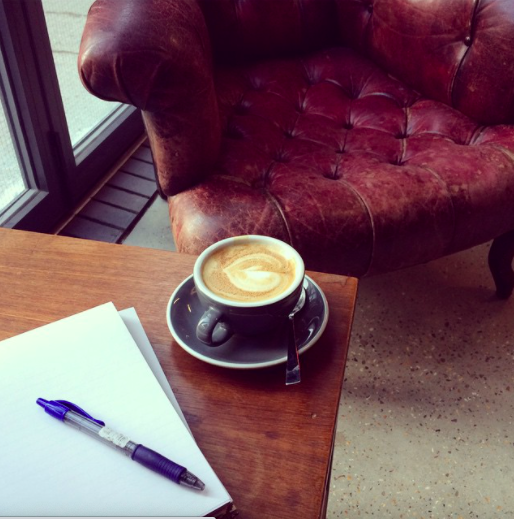
My Year in Coffee
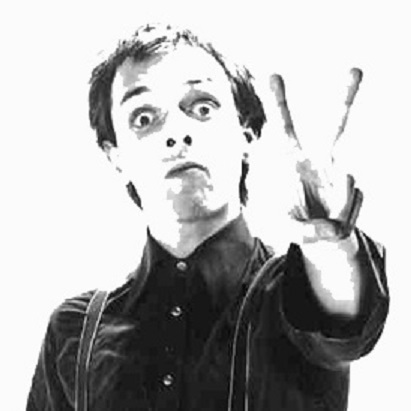
Long Live The People’s Poet
